Introduction
Tie Guan Yin, also known as Iron Goddess of Mercy, is a renowned type of oolong tea originating from the Fujian province of China. Its name translates to “Iron Lady of Mercy” in English, hinting at its robust yet delicate flavor profile. This tea is celebrated for its unique aroma, which combines floral, fruity, and roasted notes, and its ability to offer a balanced and refreshing experience. Selecting high-quality Tie Guan Yin tea leaves can be an art form, requiring attention to various factors such as appearance, aroma, taste, and brewing characteristics. This guide aims to provide insights into the process of choosing the best Tie Guan Yin tea, ensuring that every sip brings you the utmost satisfaction.
Understanding the Types of Tie Guan Yin
Before diving into the selection process, it’s crucial to understand the different types of Tie Guan Yin available in the market. These variations primarily stem from the region of cultivation, the method of processing, and the desired flavor profile.
-
Qingxiang (Clear Aroma): This variety is characterized by its light, floral, and fresh aroma. Qingxiang Tie Guan Yin tends to have a lighter roast, preserving more of the tea’s natural flavors.
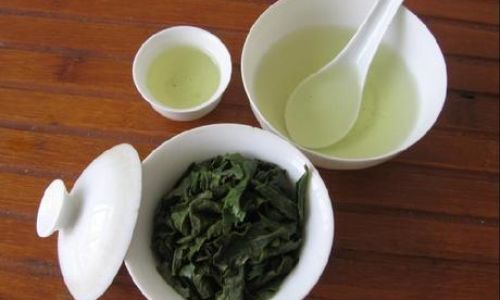
-
浓香型 (Rouxiang or Rich Aroma): As the name suggests, this type features a richer, roasted, and more mature aroma. It undergoes a heavier roasting process, which gives it a deeper, caramelized taste.
-
Chenxiang (Aged Aroma): Chenxiang Tie Guan Yin is aged for several years to develop a unique, mellow, and earthy flavor. This type is less common and highly valued among tea enthusiasts.
-
Acid-Taste (Suan Wei): Some Tie Guan Yin varieties are known for their slightly sour or tangy taste, which adds another layer of complexity to the tea’s profile.
Appearance: Visual Inspection
The first step in selecting high-quality Tie Guan Yin is to inspect its appearance. High-grade tea leaves should exhibit the following characteristics:
-
Color: Tie Guan Yin leaves should have a dark green to brownish hue, depending on the roast level. Qingxiang varieties tend to be greener, while Rouxiang and aged teas are darker. The leaves should have a uniform color with minimal discoloration.
-
Shape: The leaves should be tightly rolled, forming a characteristic “ball” or “twig” shape. This indicates that the tea has been well-processed and will likely offer a robust flavor.
-
Wholeness: Whole leaves or larger pieces are generally preferred over broken or powdered tea. Whole leaves retain more of their natural oils and flavors, contributing to a better brewing experience.
Aroma: The Sense of Smell
The aroma of Tie Guan Yin is one of its defining features. High-quality tea should have a strong, pleasant, and complex scent. Here’s how to evaluate the aroma:
-
Freshness: Fresh tea leaves should have a vibrant, lively aroma without any signs of staleness or mold.
-
Complexity: A good Tie Guan Yin will have multiple layers of aroma, including floral, fruity, and roasted notes. The more complex the aroma, the higher the quality.
-
Balance: The different aroma components should be in harmony, neither overpowering nor lacking. A balanced aroma ensures a well-rounded taste.
Taste: The Ultimate Test
Tasting is the most crucial part of selecting high-quality Tie Guan Yin. Here’s a step-by-step guide to evaluating the taste:
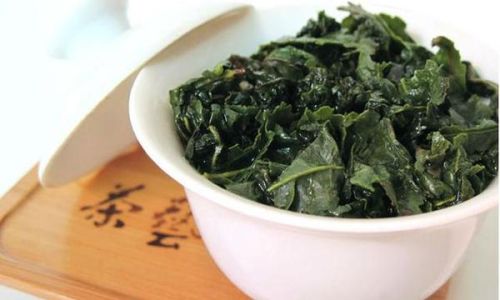
-
First Brew: Use freshly boiled water (around 98°C or 208°F) and a small amount of tea leaves (about 3-5 grams per 150 milliliters of water). Allow the tea to steep for 2-3 minutes.
-
Appearance of Infused Tea: The infused tea should have a clear, bright color, ranging from golden yellow to amber. Cloudy or murky tea may indicate poor processing or storage.
-
Initial Taste: Take a sip and pay attention to the initial impression. High-quality Tie Guan Yin should have a smooth, silky texture with a balanced blend of sweetness, bitterness, and a hint of roasted flavor.
-
Aftertaste: The aftertaste is crucial in evaluating Tie Guan Yin. It should be long-lasting, leaving a pleasant, lingering sensation in your mouth. A good aftertaste indicates a well-balanced and high-quality tea.
-
Multiple Infusions: High-quality Tie Guan Yin can be infused multiple times, with each brew offering a slightly different flavor profile. As the tea unfolds, you should notice a gradual shift in taste, from more floral and fruity notes in the early infusions to deeper, roasted flavors in later ones.
Brewing Characteristics
The brewing process can also reveal a lot about the quality of Tie Guan Yin. Here are some key points to consider:
-
Water Temperature: As mentioned earlier, using freshly boiled water is essential. The correct temperature helps extract the tea’s full flavor potential.
-
Steeping Time: The duration of steeping affects the tea’s taste. Shorter steeping times yield lighter, more floral flavors, while longer steeping times bring out richer, roasted notes. Experimenting with different steeping times can help you find your preferred taste.
-
Leaf Expansion: High-quality leaves should expand fully when steeped, indicating they are well-preserved and capable of releasing their flavors effectively.
Storage and Freshness
Finally, the storage conditions of Tie Guan Yin can significantly impact its quality. Properly stored tea should be kept in an airtight container, away from moisture, light, and strong odors. Freshness is crucial; older tea may lose its aroma and flavor. Always check the packaging for a production or packaging date to ensure you’re getting a recently processed batch.
Conclusion
Selecting high-quality Tie Guan Yin tea leaves is a multi-faceted process involving visual inspection, aroma evaluation, taste testing, and understanding brewing characteristics. By paying attention to these details, you can ensure that your Tie Guan Yin tea experience is nothing short of exquisite. Remember, the best way to learn is through practice and experimentation. As you try different types and batches of Tie Guan Yin, you’ll develop a deeper understanding of what makes a truly great cup of this legendary tea. Enjoy your journey of discovery and savor every sip of this remarkable beverage.
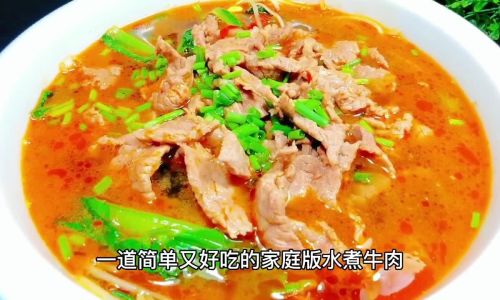
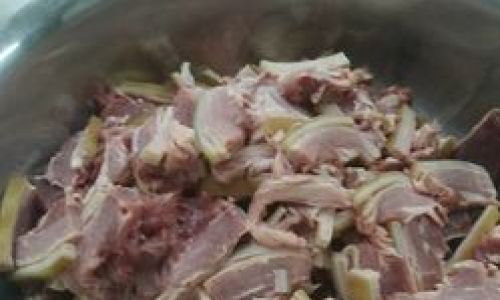
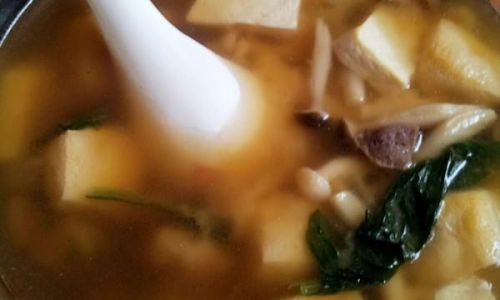
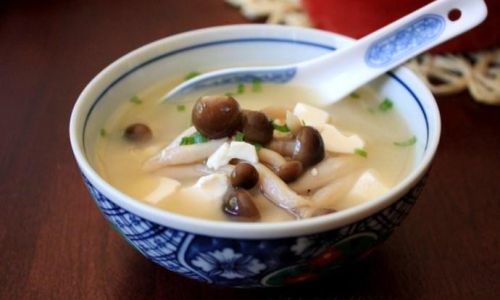
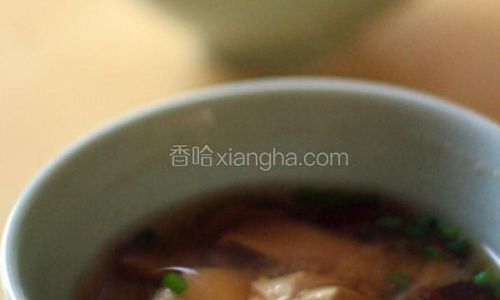
0 comments